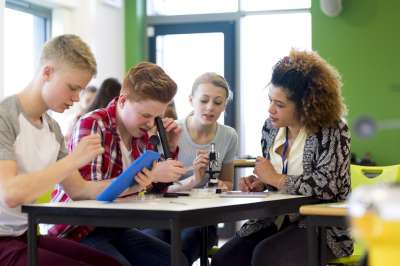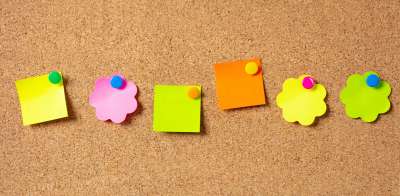Learn the correct way to use objectives when creating lesson plans
New teachers will find this resource particularly valuable as the article explains and demonstrates how your objectives are the "road map" of your lesson. Includes a list of active and passive verbs to use and avoid when creating objectives for your lesson plan.Looking for lesson plans? You can find hundreds of them in our lesson planning center.
Lesson Plans: Using Objectives
Jabberwocky
Your lesson plan's objectives describes what the students will be able to do upon completion of the instructional experience.
Fire Alarm
For purposes of clarity, I am not describing the traditional behavioral objective used by many schools. A behavioral objective has four elements:
- The audience
- The terminal behavior
- The observable conditions or the setting in which the behavior is to be demonstrated
- The degree of proficiency or performance level
Here's an example of a behavioral objective: All students will write an essay summarizing three major factors that lead to the start of World War II.
The crux of a good lesson plan is its objectives. Using a roadmap analogy, getting to your final destination (Carbondale, Colorado, for example) is your objective. In a lesson plan, the final destination (identifying iambic pentameter or listing important events in the life of Benjamin Franklin, for example) for your students is the objective(s) of the lesson.
To take the analogy one step further, objectives are what drive a lesson. They power it forward. Most important, everything you do in a lesson must be tied to one or more objectives. Every activity, every instructional devise, every teaching resource, and every means of evaluation and assessment must be linked to the lesson's objective(s).
Writing good objectives will be challenging at first. However, everything in the lesson must revolve around the objectives; thus, you must construct them with care and attention to detail. A well-crafted objective has two components:
The audience: The students for whom the objective is intended
The terminal behavior: The anticipated performance
Here's an example of an objective for a third-grade science lesson: students will list the nine planets of our known solar system.
Objectives are built around good verbs. I like to think of verbs as the gasoline that keeps a lesson moving forward. Thus, the verbs you use in your lesson objectives should be action verbs or verbs you can use to measure performance. Passive verbs are often immeasurable and make an objective weak.
As you'll note in these examples, it would be relatively easy to assess students' ability to add (e.g., Students will be able to add a column of two-digit numbers), but quite difficult to assess a students' ability to realize (e.g., Students will be able to realize Lee's defeat at Gettysburg). Action verbs in your objectives help you assess students and be sure they know or can do what you taught them. These are just a few sample verbs (among hundreds possible).
| Passive Verbs to Avoid | |||
| appreciate | enjoy | learn | realize |
| believe | know | like | understand |
| Active Verbs to Use | |||
| add | compute | inspect | rate |
| alphabetize | construct | list | review |
| assemble | debate | locate | say |
| assess | define | match | select |
| build | design | measure | show |
| calculate | discuss | operate | solve |
| collect | draw | place | speak |
| color | explain | plan | write |
| compare | grow | point |
















